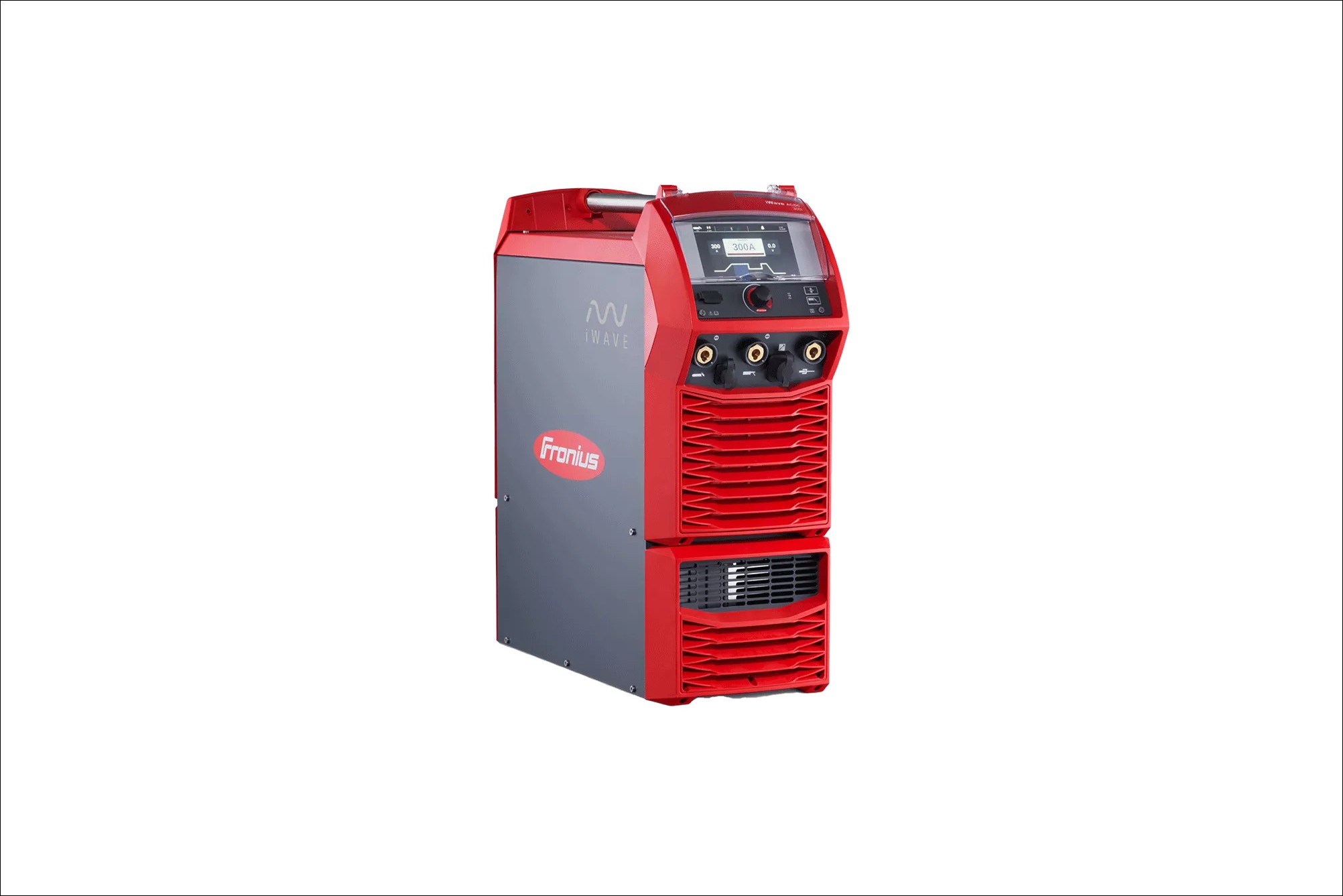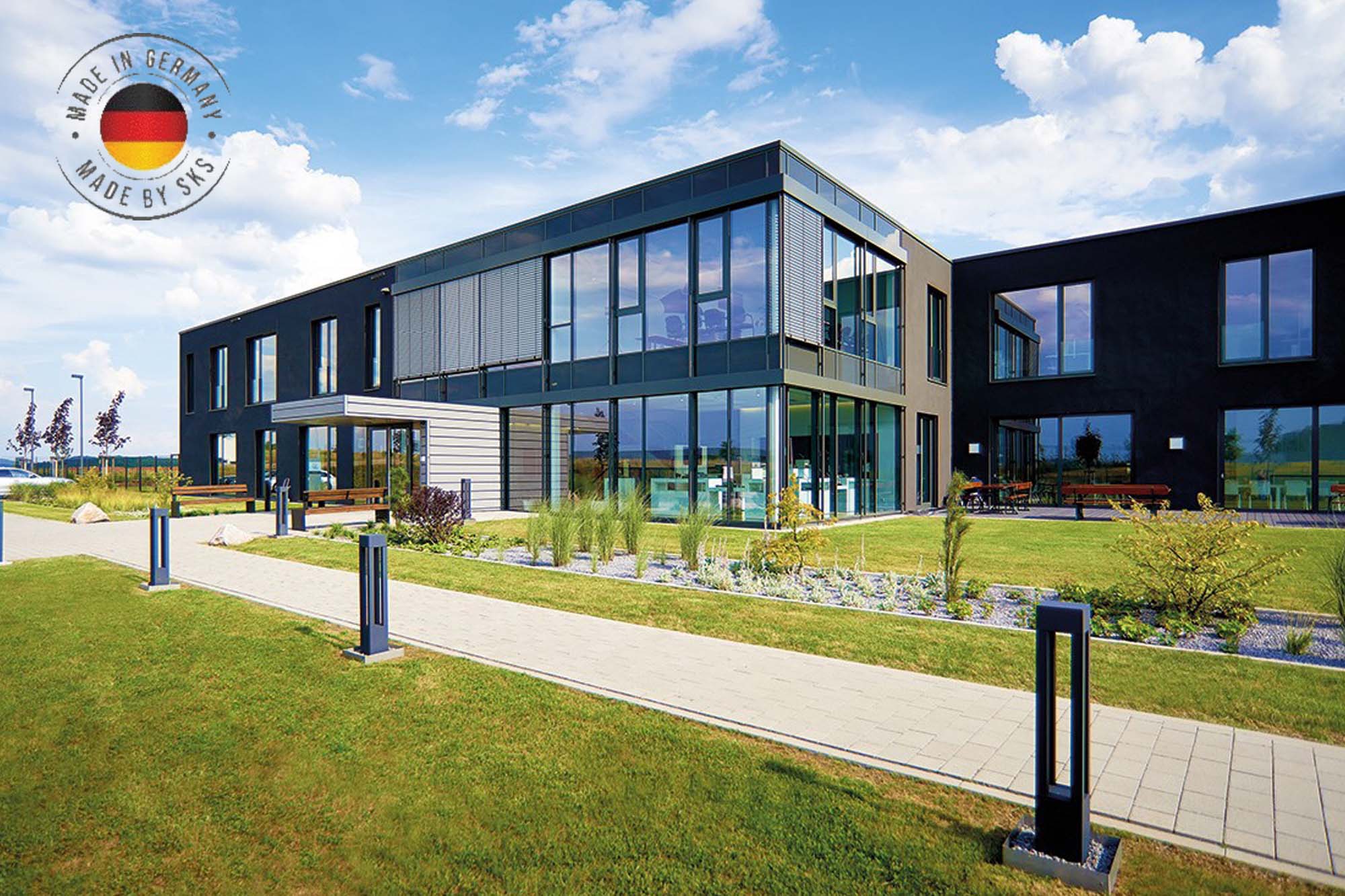Orbital welding for consistency in high-precision industrial applications
By Staff Report August 31, 2024 11:40 am IST
Omkar Bhise, Head of the R&D Department, Universal Orbital Systems, highlights Orbital welding, typically used for welding stainless steel and other metals, is valued for producing consistent joints with minimal defects. This makes it ideal for industries requiring rigorous quality standards, such as aerospace, pharmaceuticals, and semiconductor manufacturing. Its automation reduces labour costs and improves safety and reproducibility.
How does the compact design of the closed arc heads facilitate their use in confined spaces?
The compact design of closed arc orbital welding heads is particularly well-suited for use in confined spaces, offering several key features. These welding heads are smaller and lighter than traditional equipment, making them easier to manoeuvre and position in tight or hard-to-reach areas. They integrate the torch, control mechanisms, and power source into a single unit, minimising the need for additional equipment and reducing cable clutter. The design also features flexible mounting and adjustable settings, allowing the welding head to be securely fixed or repositioned to navigate obstacles in tight spaces. The precision and automation features ensure consistent welding quality while reducing the need for manual adjustments and ensuring consistent welding quality in tight spaces.
What are the benefits of a shielded gas chamber in preventing OD discolouration during welding?
Orbital welding systems use shielded gas chambers to prevent OD discolouration by creating a controlled environment around the weld with inert gases like argon. This shielding displaces oxygen and contaminants, reducing oxidation, discolouration, and contamination. It ensures cleaner, visually appealing welds and maintains material corrosion resistance. It is crucial for high-demand industries like aerospace and semiconductors.
What are the benefits of the ORBITRON-6000’s compact and rugged design, particularly for operators working in various site conditions?
The ORBITRON-6000’s compact and rugged design provides several key benefits for operators working in diverse site conditions. Its portability makes it easy to transport and manoeuvre, ideal for use in remote or confined spaces and allows efficient movement between job sites. The sturdy construction enhances safety by reducing the risk of damage and instability. The well-built design minimises the risk of damage and instability, while built-in safety features protect the operator and the equipment. Despite its compact size, the ORBITRON-6000 delivers high-quality welding results, ensuring precise and reliable welds regardless of site conditions. It is designed with user-friendly controls and an intuitive interface. Its auto-programming mode facilitates operation, allowing welders to adjust settings and manage the equipment with minimal effort. This feature simplifies setting up and conducting maintenance, making the ORBITRON-6000 more accessible and efficient for users.
How does the ORBITRON-7000 leverage Industry 4.0 for advanced welding automation?The ORBITRON-7000 leverages Industry 4.0 and the Internet of Things (IoT) to enhance advanced welding automation in several ways. Its IoT capabilities allow real-time welding parameters and performance monitoring, providing immediate insights that improve operational efficiency.
Through Industry 4.0 integration, the ORBITRON-7000 can be monitored remotely via a cloud-based platform accessible through a mobile app for both iOS and Android. It enables operators and managers to review performance metrics and troubleshoot issues without being physically present at the site. Additionally, IoT connectivity supports predictive maintenance by analysing data to identify defects early, reducing downtime and extending equipment lifespan.
Combining these Industry 4.0 and IoT features, the ORBITRON-7000 improves welding automation with better connectivity, real-time data analysis, predictive maintenance, and seamless integration. This improves weld quality, efficiency, and process management.
What are the key advantages of using orbital welding systems in modern industrial applications?
Orbital welding systems provide key advantages in modern industrial applications, including exceptional precision and consistency, which lead to high-quality, uniform welds. Their automated nature reduces labour costs and human error while improving safety by minimising operator exposure to the welding arc. These systems also enhance process efficiency by reducing material waste and thermal distortion, and they support stringent cleanliness standards. With real-time data tracking and process control, orbital welding ensures reliable performance and compliance with industry standards. It is an essential tool for high-demand industries like aerospace, pharmaceuticals, petrochemicals and semiconductors.
Cookie Consent
We use cookies to personalize your experience. By continuing to visit this website you agree to our Terms & Conditions, Privacy Policy and Cookie Policy.















